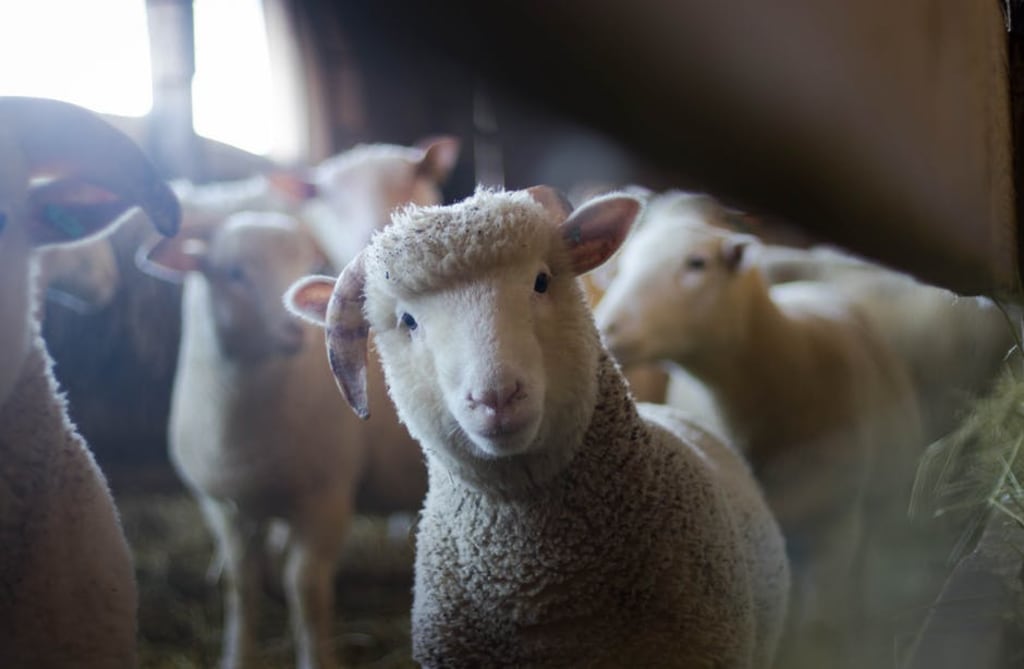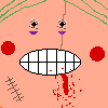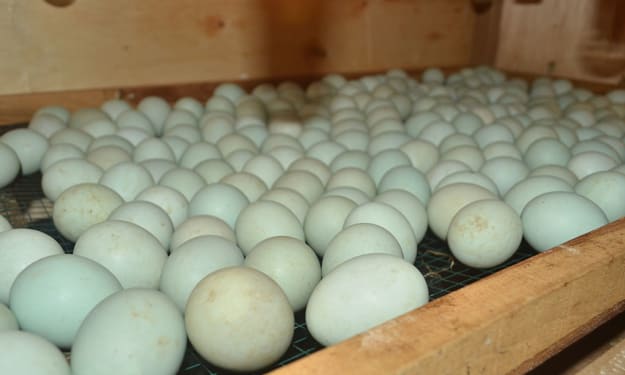Visual Appraisal Checklist for Sheep Breeding
Pets

Good genes and targeted attention are the foundation of sheep breeding. Whether you want to purchase, sell, or choose sheep from your current flock, it's critical to understand what an experienced sheep breeder looks for during a visual inspection. Visual evaluations are very complicated and vary widely based on a wide range of variables. To accurately assess a ewe or ram for breeding, one has to have a lot of practical expertise, a keen eye for detail, and exceptional lamb care ethics. However, a visual evaluation for sheep breeding has 15 general components. Udder, testicles, mouth, teeth, wool, feet and legs, hooves, soundness, conformation, size, volume, and capacity, sex character, and general health are some of them. Read on to get a succinct and fundamental summary of each.
Udder
The udder is one of the most significant characteristics of a ewe, or female sheep. A lumpy, hard, or stiff udder is not one that should be used for reproduction. Breeders like udders that are soft, full, and have two working teats that are free of defects. Bulging or oversized teats are often avoided since they are not thought to be ideal for breeding. Additionally seen as a hereditary flaw are "supernumerary" or abundant teats.
Testicles
The testicles of sheep may reveal a lot about a ram's potential as a breeder. They must be touched and inspected to ascertain their state, much like a ewe's udders. They need to be fully formed, uniform in size, firm, lump-free, and able to move freely inside the scrotum. Scrotal size fluctuates and is significantly influenced by a ram's age, breed, season, and other factors. The ideal scrotal size for sheep breeding is between 30 and 33 cm. This guarantees excellent semen production.
Soundness
A "sound" sheep is one that is generally devoid of physical or genetic flaws and in excellent overall health. Sound sheep are more productive and live longer.
Size
Sheep skeleton size, often known as hip height, is a crucial characteristic for breeding. Larger-framed sheep often grow quicker, become stronger, and gain bigger body weights. Rams and ewes are also affected by this. Larger ewes are more likely to give birth to bigger, heavier lambs, yet it is still preferable to choose an adequately-sized female.
Quantity and Capacity
Similar to how size affects something's integrity, volume and capacity do too. A good breeding sheep should thus have a deep flank, a broad top, and a round body. Positive producers are less likely to be sheep with opposing characteristics.
Character Sex
A sheep's height is referred to as its "sex character." Breeders pick rams who are strong and manly, with horns that grow away from the skull. Breeders want sheep with delicate, feminine characteristics.
Conformation
Conformation describes the general shape of the body, similar to the size of a sheep. However, adequate body shape differs from breed to breed. Straight backs and smooth shoulders are only two of the signs of excellent conformation that breeders seek for. Rams that are used to father market lambs should be robust and muscular, and market lamb sires are often selected for a level dock.
Wool
The kind of wool differs across breeds. Demand fluctuates as well depending on the intended use of the wool. Breeders evaluate certain fleece properties, such as fiber diameter, staple length, length and diameter uniformity, and the presence of flaws, when wool is essential to them. For example, lambs that produce white wool shouldn't have any colored fibers.
Oral and dental
Important genetic cues may be found in the mouth and teeth. Teeth may also reveal a sheep's age. Breeders want animals with a proper mouth, which has the top and bottom jaws set in such a way that the incisor teeth are level with the upper jaw's pad. In the business, "monkey mouths" or over- and undershot jaws are discouraged. The molars are more significant than the incisors in terms of teeth.
Feet, Legs, and Hoofs
A healthy sheep has legs that are square, straight, and devoid of limping or lameness beneath each corner of the body. Legs that are too near to the hocks or knees are not seen to be sufficiently straight. Breeders steer clear of ewes and rams with cracked or otherwise flawed hooves as well as those with abnormal or excessive hoof development. While different breeds have different hoof colors, colorful hooves are often favored over light-hued ones.
Health
In the end, sheep breeders want a strong, competent group of sheep. As a result, it becomes the most important criterion for a visual evaluation. Sheep with appropriate behavior are alert, bright, and sociable. They need to be free from infections, illnesses, and other conditions.
About the Creator
Rahau Mihai
Hi! Come to my profile and you will see really useful things or something to relax you !






Comments
There are no comments for this story
Be the first to respond and start the conversation.